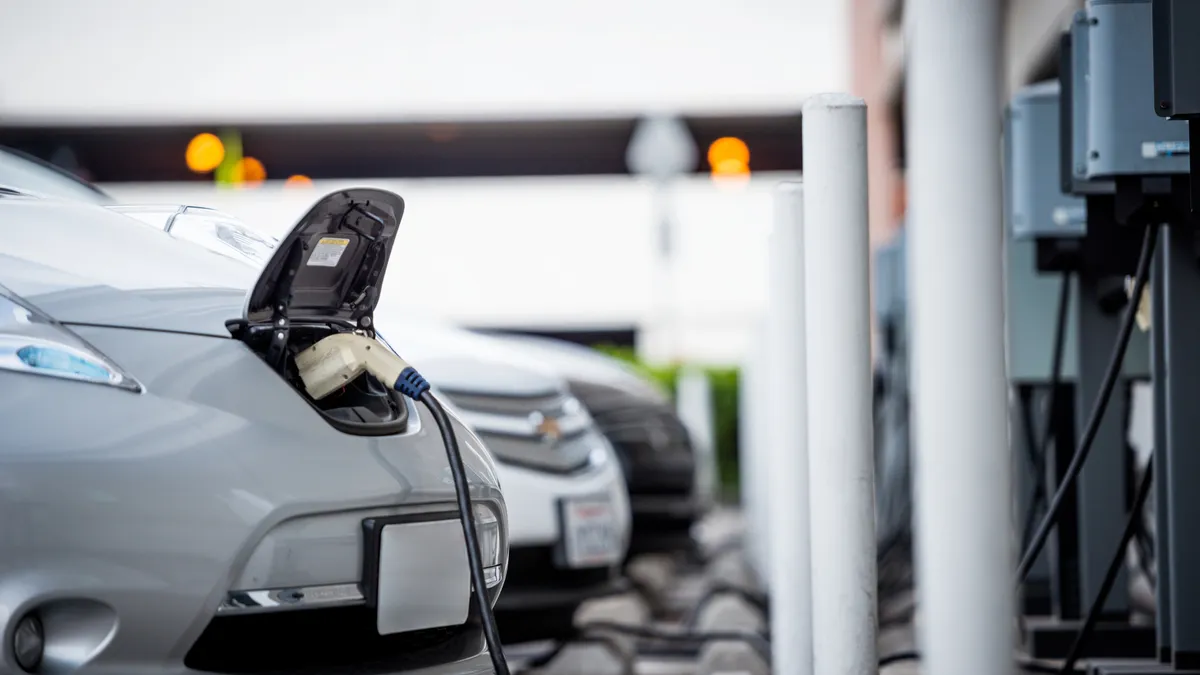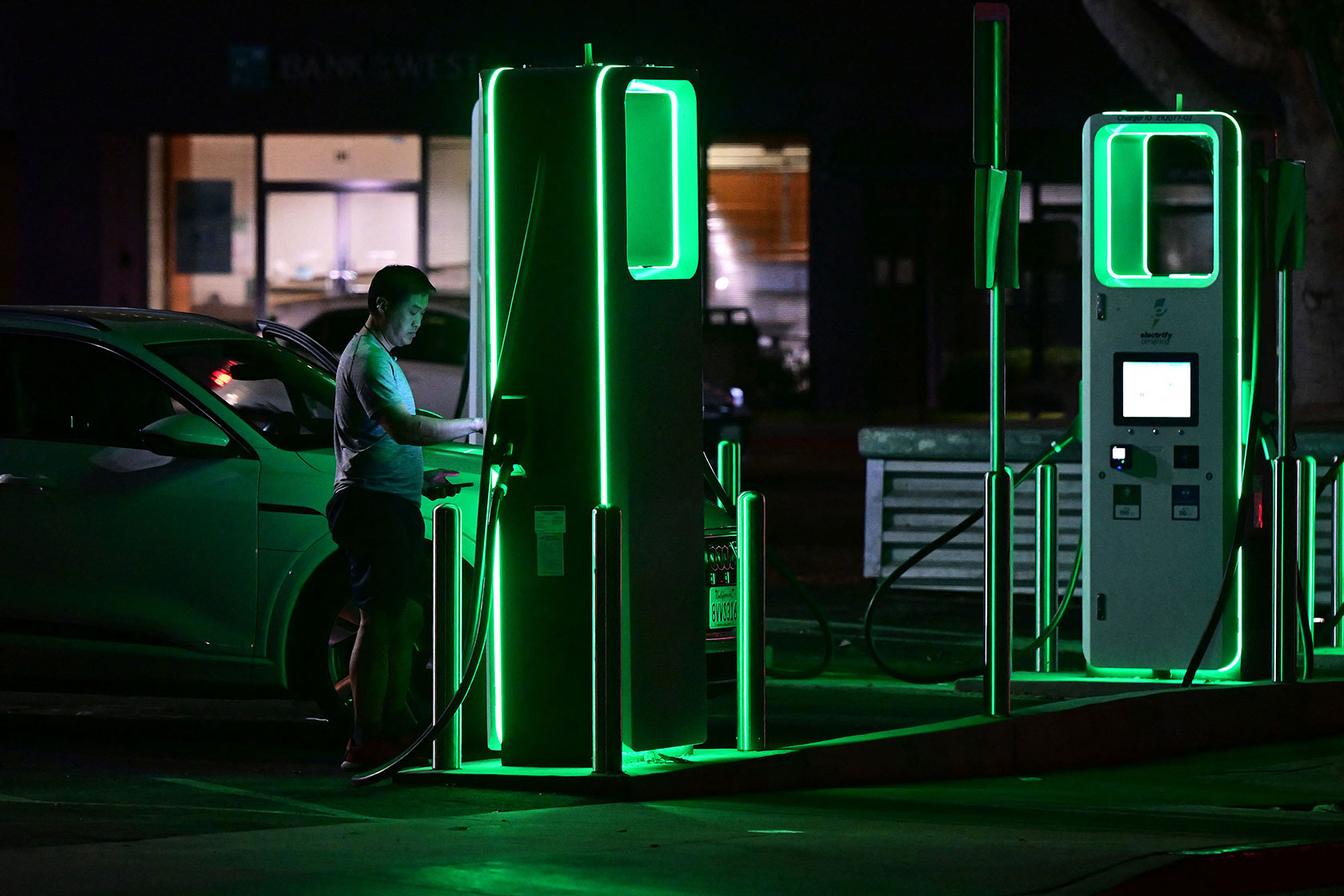Latest Trends and Insights You Need to Know Before You Buy EV Charging news
Why 2024 Is a Game-Changer for EV Charging: Fads and Insights
As we approach 2024, the electric vehicle (EV) charging landscape is established for significant transformation, driven by the proliferation of ultra-fast charging terminals and improvements in clever charging innovations. This advancement is underpinned by raising investments from both public and private fields, which assure to minimize longstanding problems such as range stress and anxiety. In addition, the unification of eco-friendly energy resources alongside positive federal government plans is likely to redefine the sustainability and accessibility of EV framework. These advancements raise essential inquiries regarding the future of EV adoption and the effects for consumers and industries alike.

Development of Ultra-Fast Charging Terminals
How quickly are ultra-fast charging terminals transforming the electric car landscape? The expansion of ultra-fast charging stations is a pivotal growth in the EV market, dramatically improving the benefit and usefulness of electric automobile possession. These terminals, efficient in delivering billing accelerate to 350 kW, can charge an EV's battery to approximately 80% in as low as 15-30 minutes, efficiently minimizing range anxiety among consumers.
The growth of ultra-fast billing infrastructure is being driven by both public and personal financial investments, mirroring a critical shift towards sustainable transport services. Significant automobile producers and power firms are working together to set up these terminals along significant freeways and metropolitan facilities, producing a considerable network that supports long-distance travel and daily use.
Additionally, innovations in battery modern technology are complementing this growth, allowing vehicles to make the most of the increased billing rates. As the number of ultra-fast charging stations continues to climb, they are anticipated to play a vital duty in speeding up EV fostering, cultivating a transition towards a cleaner and more lasting future. This growth not just enhances user experience yet additionally strengthens the feasibility of electrical automobiles as a mainstream transport option.
Developments in Smart Charging Modern Technology
With the increasing combination of electronic innovation in the electrical vehicle market, breakthroughs in wise billing technology are significantly improving the performance and convenience of EV charging. Smart billing systems take advantage of connectivity and information analytics to enhance the billing process, permitting users to bill their cars when power rates are lowest and require on the grid is very little.

Interoperability is another essential advancement, as brand-new standards and procedures allow various EV versions and charging terminals to communicate flawlessly. This improves user experience by supplying much more accessible charging alternatives across different networks. Inevitably, the development of clever billing modern technology represents a considerable action towards a more straightforward and lasting EV ecosystem, leading the way for broader adoption and integration right into day-to-day life.
Assimilation of Renewable Energy Sources
The assimilation of sustainable energy sources into EV charging facilities is coming to be significantly vital as the need for sustainable solutions expands. This trend not only helps in reducing the carbon impact connected with electrical vehicle charging yet additionally enhances grid resilience by promoting decentralized energy production.
Solar and wind power are at the forefront of this assimilation, with numerous charging stations currently being or incorporating photovoltaic panels integrated in closeness to wind ranches. These renewable resources can create tidy electrical power, giving a sustainable energy supply for EVs. Developments in energy storage technologies, such as batteries, promote the reliable storage of excess energy generated during height production hours, making certain that billing terminals can operate effectively even when eco-friendly generation is reduced.

Growth of Charging Infrastructure
As electric car (EV) adoption speeds up, the growth of billing framework has actually come to be a crucial emphasis for stakeholders throughout the vehicle and energy markets - EV Charging news. The requirement for a accessible and durable billing network is important to sustain the expanding number of EVs when driving and to ease range anxiousness among customers
In 2024, we are seeing substantial financial investments from both private firms and public entities focused on enhancing the charging landscape. This includes the installment of fast-charging stations along highways and in city facilities, which can charge EVs in a fraction of the moment contrasted to traditional battery chargers. Additionally, collaborations in between car manufacturers and energy suppliers are facilitating the implementation of ingenious charging solutions to satisfy diverse click here for more customer demands.
Moreover, improvements in innovation are causing smarter billing systems that enhance power circulation and lower expenses. The integration of these systems is critical for accommodating the anticipated boost sought after as even more customers change to electric wheelchair. The expansion of billing infrastructure not just sustains the EV market however likewise plays an important duty in achieving broader sustainability goals, making it a critical element in the advancement of transport.
Federal Government Policies and Rewards
Federal government policies and rewards are progressively forming the landscape of electrical vehicle (EV) fostering and charging infrastructure growth. Federal governments around the world are recognizing the urgent demand to shift to cleaner transport choices, causing the implementation of numerous efforts focused on speeding up EV adoption. These policies like it usually consist of tax obligation credit scores, rebates, and gives for consumers and businesses that buy electric automobiles and charging terminals.
Along with direct economic incentives, lots of governments are establishing ambitious targets for EV sales and mandating the installment of billing infrastructure in brand-new advancements. Several countries have actually committed to phasing out internal combustion engine lorries within the following decade, producing a feeling of seriousness that drives both customers and suppliers towards electrical choices.
Furthermore, public-private partnerships are becoming an essential part of these initiatives, assisting in financial investment accountable networks and guaranteeing prevalent accessibility. By lining up regulative structures with monetary motivations, governments are not just cultivating a favorable atmosphere for EV fostering but also dealing with problems associated with range anxiousness and charging accessibility. This robust plan landscape is readied to make 2024 a pivotal year in the transition to electrical wheelchair.
Final Thought
The year 2024 is established to transform the electric car billing landscape with the expansion of ultra-fast charging terminals, advancements in clever charging modern technologies, and the integration of renewable resource sources. The growth of billing facilities, reinforced by helpful government plans and incentives, will attend his explanation to array stress and anxiety and improve the allure of electric vehicle possession. Jointly, these developments will foster a lasting and available environment for electric vehicle fostering, making sure a robust future for the market.
As we approach 2024, the electrical automobile (EV) billing landscape is set for considerable transformation, driven by the proliferation of ultra-fast billing terminals and advancements in smart billing technologies. The spreading of ultra-fast charging stations is a critical growth in the EV industry, substantially enhancing the comfort and usefulness of electric lorry ownership. Smart billing modern technologies assist in remote tracking and monitoring, making it possible for individuals to schedule billing sessions by means of mobile applications.
Federal government plans and incentives are progressively forming the landscape of electric automobile (EV) adoption and charging framework development.The year 2024 is set to transform the electrical automobile billing landscape via the expansion of ultra-fast billing stations, improvements in clever charging innovations, and the combination of renewable energy resources.